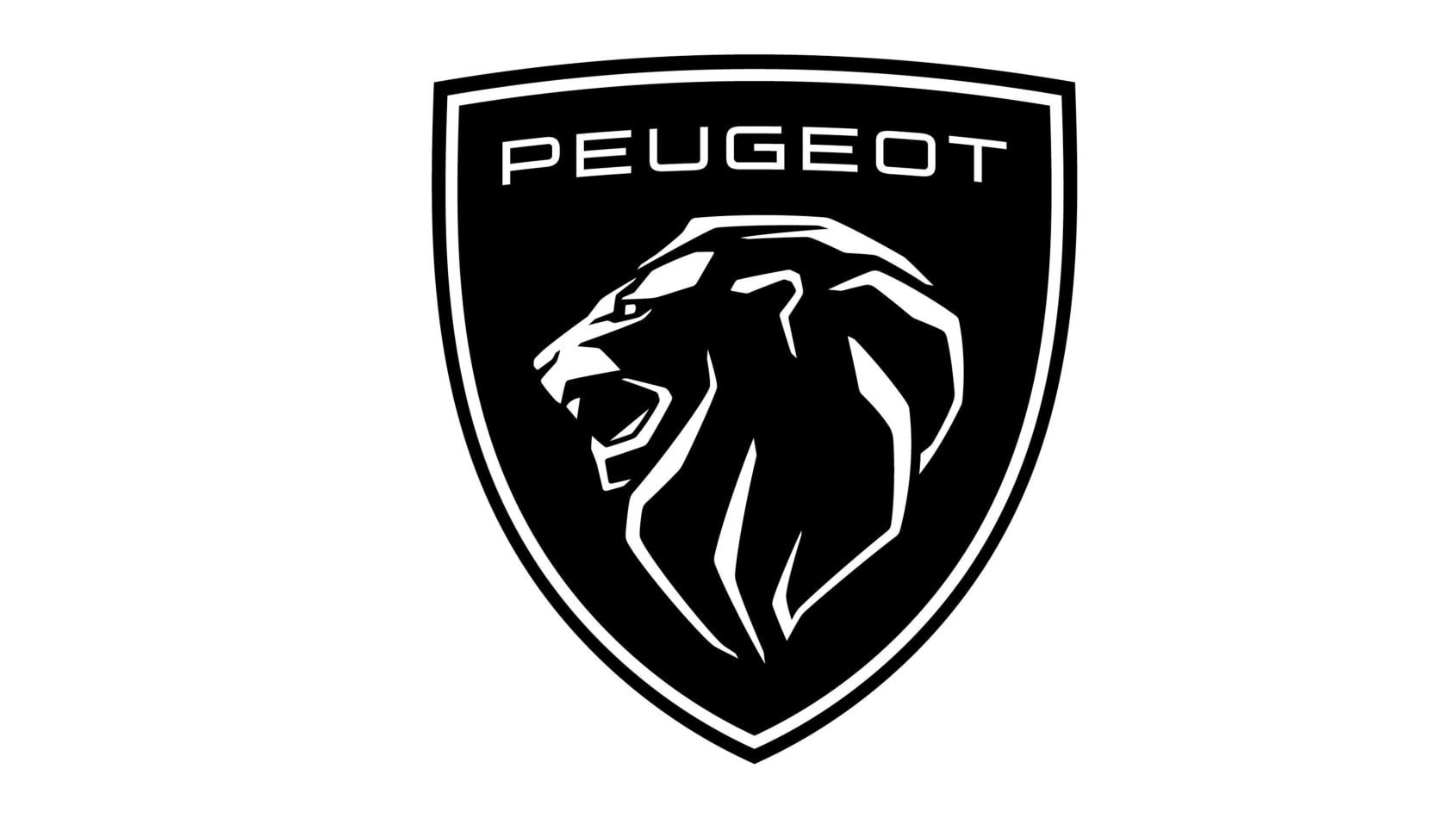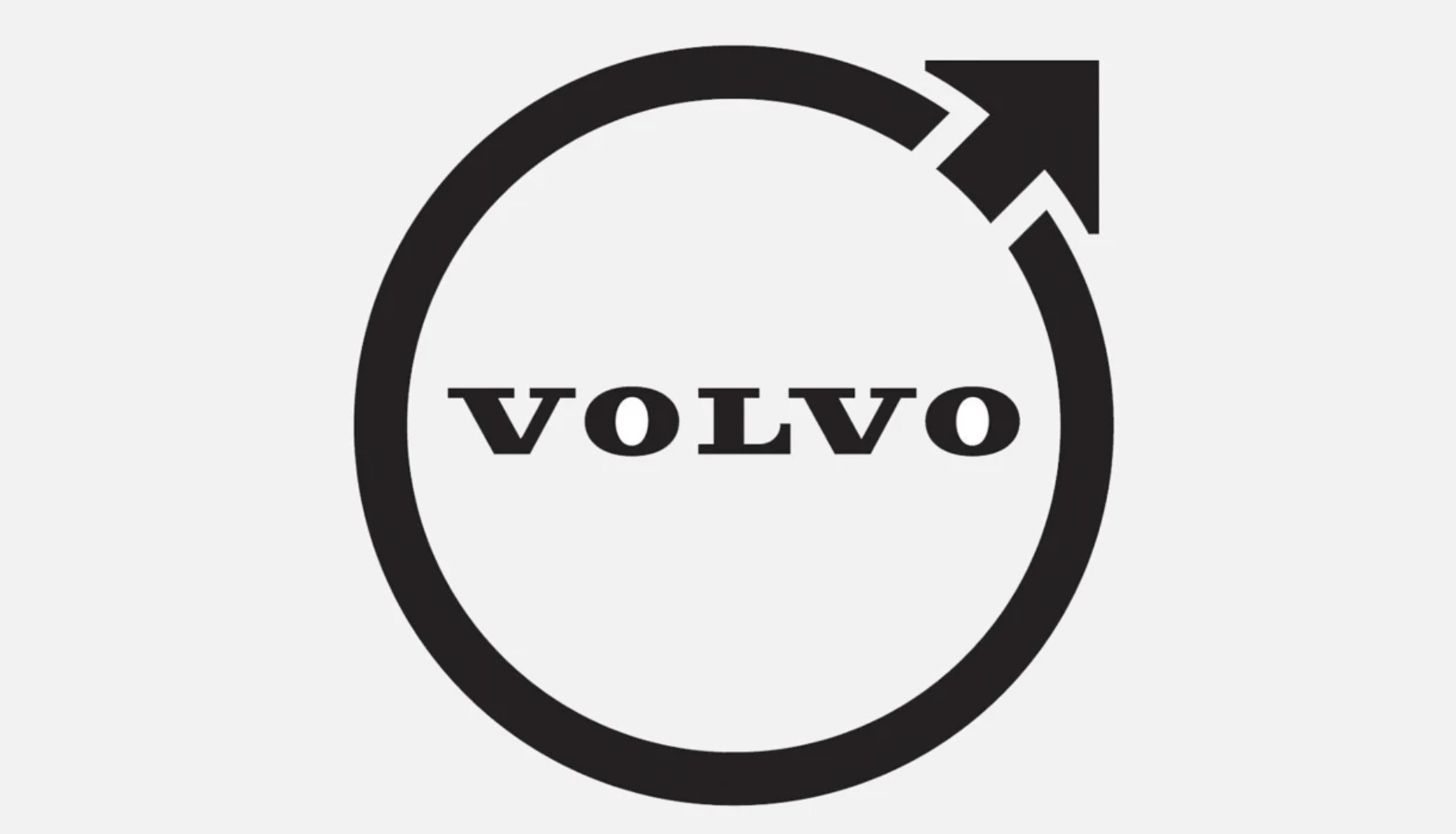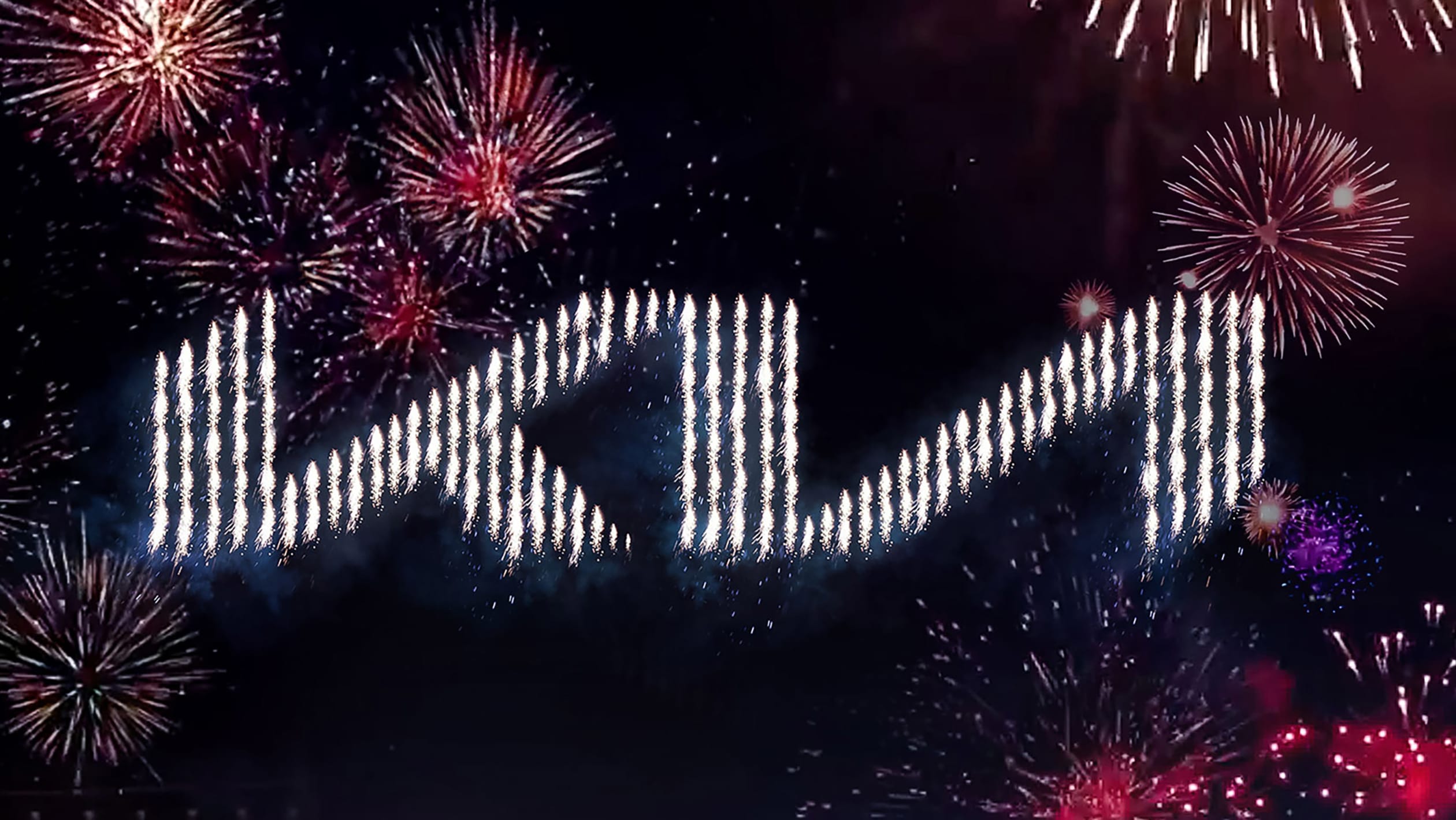At least a dozen car companies have changed their badges from 3D to 2D in the last few years. What’s going on?
Keen-eyed car enthusiasts – especially those that appreciate a good bonnet badge – may have noticed many car makers’ logos going two-dimensional of late.
Volkswagen can lay claim to being the first of the recent trend, switching to a flatter and simpler version of its famous encircled V and W letters back in autumn 2019 for the launch of the electric ID.3. But since then the floodgates have opened, with BMW, Nissan, Toyota, Rolls-Royce, Vauxhall, Kia, General Motors, Dacia, MINI, Peugeot, Renault and Volvo all unveiling 2D versions of their previously 3D badges.
The 3D-to-2D logo trend isn’t really about fashion, it’s first and foremost about technology and functionality. In simple terms, three-dimensional logos aren’t as easy to view or display in the greater variety of formats required to sell cars in the current era, from apps on small smartphone screens to website or showroom configurators. But beyond these practical considerations there are also more subtle reasons why badges are changing from fuller 3D to flatter 2D.
A bigger trend that predates the recent 2D car logo rush is the number of car makers wanting to transform into ‘mobility providers’. As eco legislation and taxation (in Europe particularly) aim to restrict private car ownership to reduce congestion, subscription and pay-as-you-go electric car-sharing and delivery services controlled via apps are expected to increase – and a few car makers have already set up separate mobility divisions, such as Toyota’s Kinto and Renault’s Mobilize brands.
Logically, such repositioning makes visual references to a firm’s mechanical history less relevant. Early in 2021 Kia even dropped the word ‘Motors’ from its name as its badge turned 2D. The signs of this different design tack have been evident in other industries for a while.
Making car badges appear metallic and chunky when they’re actually painted plastic and pretty flimsy – usually for cost and crash-safety reasons – is a bit ‘2007 Apple iPhone Mk1’. Back then the iPhone’s Notepad app sported digital-effect beige paper and a margin line to reassure users of physical notepads that it was also a good place to write information.
Apple dropped that approach long ago, and in a similar way maybe car badges no longer need to look like they’re made of metal to convince buyers that their increasingly electric and digital cars can be trusted.
There’s a symbolism to big, 3D metallic-looking badges, which might be out of step with often trying modern times too – from recession to pandemic – that has made some humans try to appear less self-centred. The ‘look at me’ shiny and bold trend in design, colour and materials has been making way for satin, matt and subtle finishes for some time in everything from exterior car window surrounds to interior knobs and switches.
For VW specifically, the new, more humble logo for its electric ID range could be seen as symbolic of distancing the brand from its Dieselgate scandal of late 2015. “The old logo was a bit too jewel-like and not so much Volkswagen anymore,” head of design for VW Group Klaus Zyciora says. “We reconsidered the aim of VW – democratisation of mobility, accessible products and environmentally friendly mobility for all. The new design is a step back to what we have meant to people over the decades.”
Even Rolls-Royce is seeing shifts in its wealthy customers’ buying habits. “We found that Ghost clients rejected busy details and flash gimmicks,” Rolls-Royce designer Henry Cloke says, “instead seeking high quality, thoughtfully designed pieces that stand up to intense scrutiny.” As with other car makers, the British brand is also repositioning itself, not as a mobility provider but as a ‘House of Luxury’, as it looks to sell upmarket services and quality accessories, as well as cars.
Despite this shift in car logo style, most designs have changed little. Dacia is an exception, with its old badge – like so many others of the early 2000s with its name sat within a generic shield – changing in 2021 to just the word ‘Dacia’ or its ‘DC’ initials, both rendered in a bold and simple typeface, just like its no-nonsense cars.
But then Dacia has less history to consider. Car makers with 100-plus years of brand awareness would be daft to throw it all away. Start-ups from the US and China don’t have old logos associated with soon-to-be banned technology, but they also lack the hard-won, long-held and often nostalgic reputations of traditional makers built up over generations. So while plenty of other car makers will likely soon switch to 2D logos, expect their historic brand identities to stay largely familiar.
Automotive Daily









